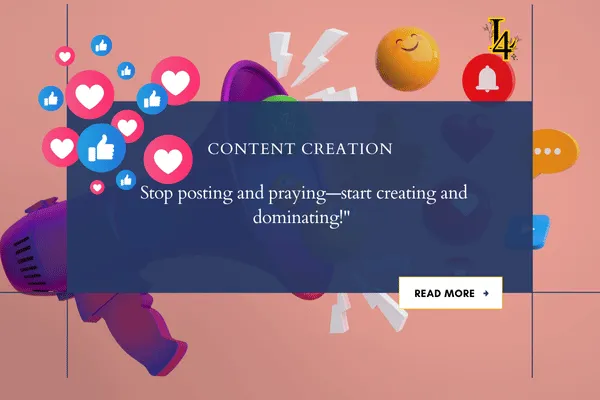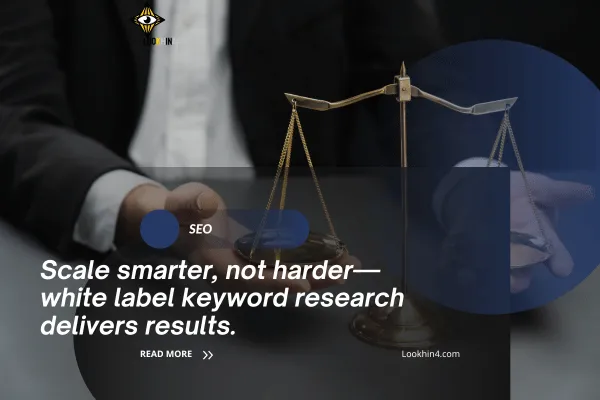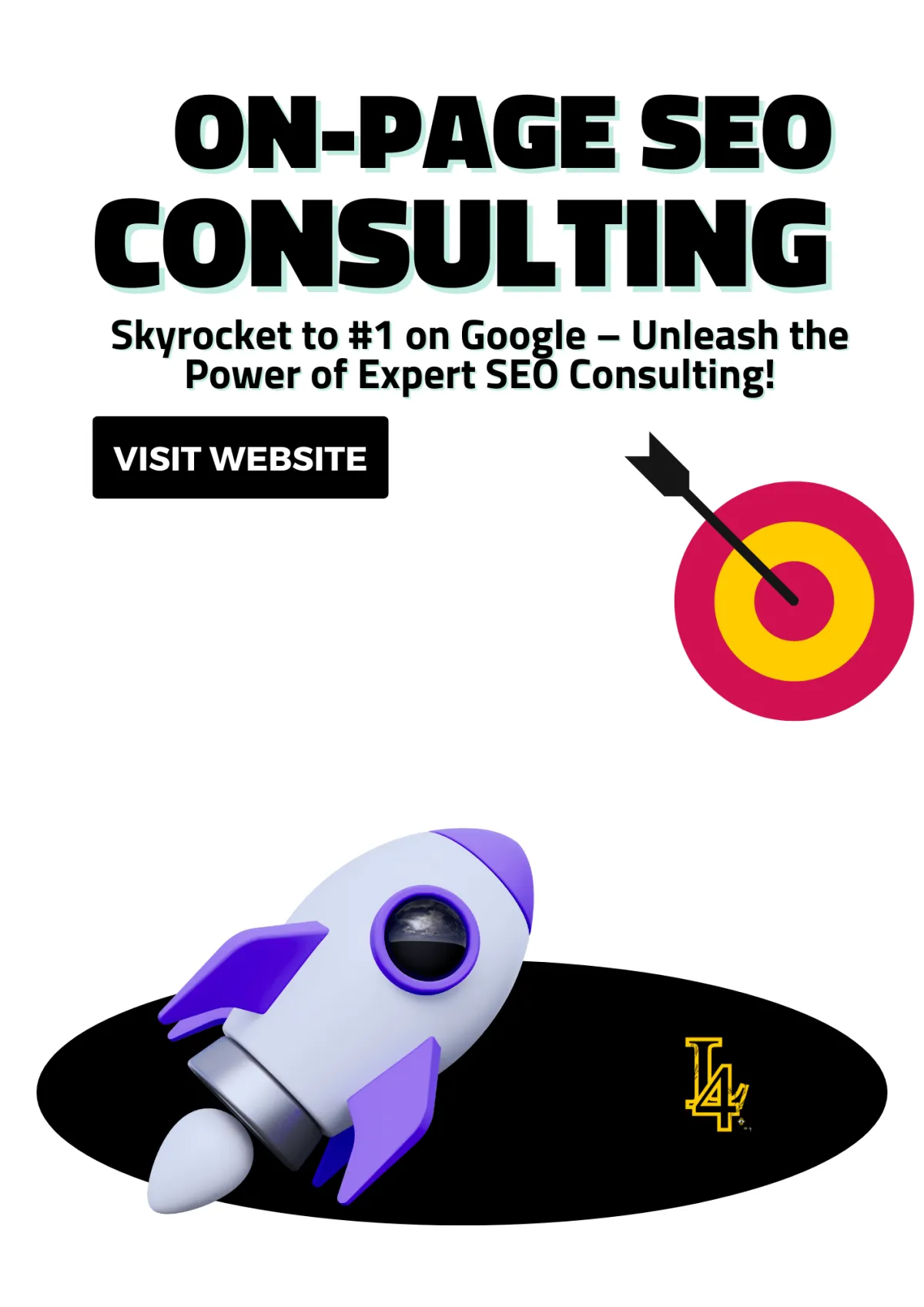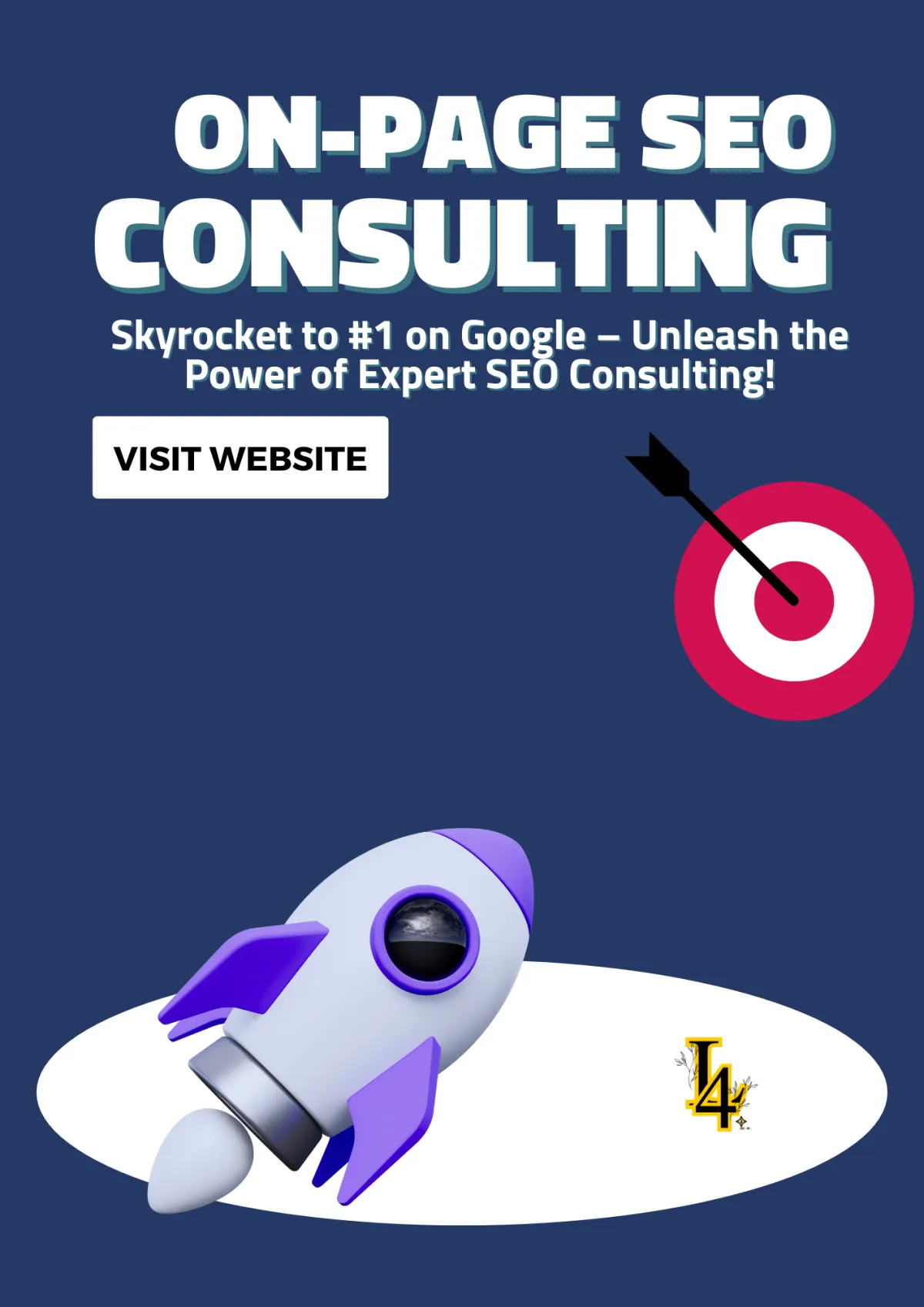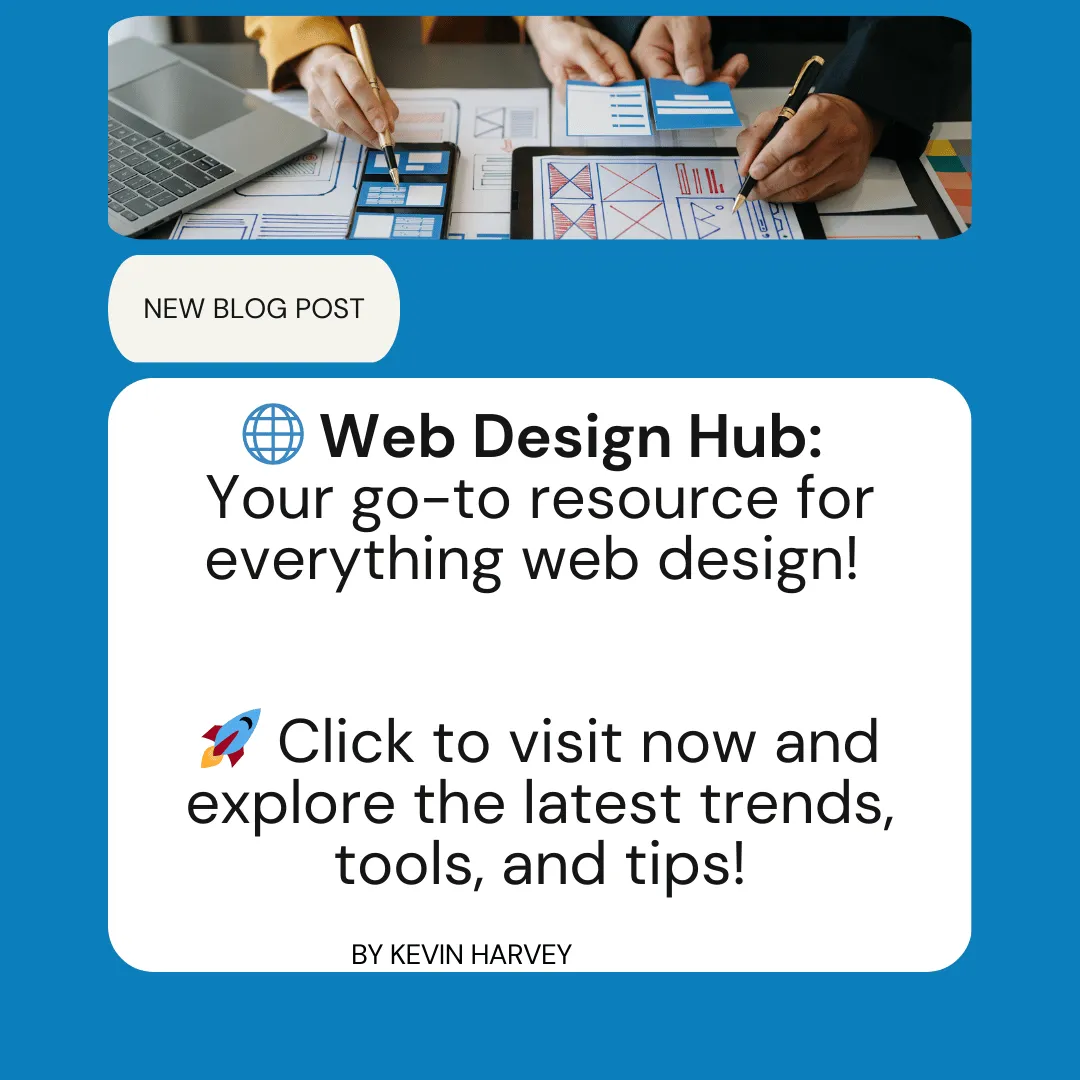
Tenets of the Web: Building Better Websites with Foundational Principles
Remember when the internet felt like the Wild West—open, free, and full of promise? Fast forward to today, and it’s starting to feel more like a gated community run by a few tech overlords, with our personal data as the HOA dues. What happened to the good ol’ tenets of the web? Spoiler alert: They’re under siege.
Table Of Content
The Tenets of the Web: Building a Better Digital World
Openness: The First Tenet of the Web
Accessibility: A Tenet of the Web That Empowers All
Decentralization: A Pillar of the Tenets of the Web
Interoperability: Ensuring Seamless Digital Integration
Privacy and Security: A Crucial Tenet of the Web
Evolution: The Future of the Tenets of the Web
Challenges to the Tenets of the Web
The Rise of Centralization by Tech Giants
Privacy Concerns and Widespread Data Collection
Accessibility Gaps in Emerging Markets
Impact of Emerging Technologies on Web Tenets
Quantum Computing Disrupting Encryption
Practical Tips for Web Developers and Designers
Designing for Interoperability
The Tenets of the Web: Building a Better Digital World
The web was built on some pretty amazing principles: openness, accessibility, and security. It was meant to be a utopia where anyone could connect, create, and share. But lately, these tenets are looking more like New Year’s resolutions—aspirational, but hard to stick to. Between tech giants hoarding power, privacy concerns turning into full-blown nightmares, and accessibility gaps widening like the Grand Canyon, the web is in a bit of a pickle.
In this article, I’ll take you through the challenges threatening the web’s core values, how emerging tech like AI and quantum computing could shake things up even more, and practical (yes, doable!) ways we can bring the web back to its glory days. Let’s save the internet, one witty observation at a time!
Openness: The First Tenet of the Web
Openness is the lifeblood of the web, allowing unrestricted access to information and tools that foster creativity and innovation. This tenet ensures that everyone—regardless of location or background—has the ability to contribute to and benefit from the web.
Examples of Openness:
Wikipedia: A platform built entirely on openness, where anyone can edit or contribute, creating a collaborative global repository of knowledge.
Open-Source Software: Projects like WordPress and Mozilla Firefox thrive because their code is freely accessible for developers to improve and adapt.
Creative Commons: A licensing framework that enables creators to share their work openly while maintaining certain rights.
Real-Life Application: When I was developing a community blog, I relied on WordPress, an open-source CMS. The ability to customize the platform without barriers was a direct benefit of the web’s commitment to openness.
Accessibility: A Tenet of the Web That Empowers All
Accessibility ensures that the web serves everyone, including individuals with disabilities and users with varying technological access. This principle transforms the internet into an inclusive space.
Key Accessibility Features:
Alt Text for Images: Describes images for visually impaired users.
Keyboard Navigation: Enables site functionality without a mouse.
Screen Reader Compatibility: Provides audible content for visually impaired individuals.
Examples in Action:
YouTube’s Captions: Auto-generated and manually edited captions make videos accessible to hearing-impaired users.
Apple’s VoiceOver: An integrated screen reader that ensures accessibility across macOS and iOS devices.
WebAIM (Web Accessibility in Mind): A toolset for evaluating and improving website accessibility.
My Experience: While redesigning a client’s e-commerce website, I implemented accessibility features like high-contrast text and keyboard-friendly navigation. The result? Not only did it expand the audience base, but it also demonstrated the business’s commitment to inclusivity—a win for both users and brand loyalty.
Decentralization: A Pillar of the Tenets of the Web
The web was built to be decentralized, ensuring no single entity or authority could control it. This tenet supports diversity, freedom, and innovation by distributing power across the network.
Examples of Decentralization:
Blockchain Technology: Bitcoin and Ethereum are decentralized systems that operate without central banks or governing bodies.
Mastodon: A decentralized social media platform where users control their own servers instead of relying on centralized networks like Twitter.
Peer-to-Peer (P2P) Sharing: Services like BitTorrent exemplify decentralization by allowing users to share files directly without a central server.
Case Study: I recently interviewed developers building decentralized apps (dApps) for the finance industry. They highlighted how decentralization allows greater transparency and security, especially in areas like smart contracts.
Interoperability: Ensuring Seamless Digital Integration
Interoperability ensures that systems, devices, and platforms work together harmoniously. This tenet supports a connected web where information flows freely and consistently.
Examples of Interoperability:
Cross-Browser Compatibility: Websites designed using HTML, CSS, and JavaScript work seamlessly on Chrome, Safari, and Firefox.
API Integration: Google Maps embedded into websites showcases how APIs allow different platforms to interact.
IoT (Internet of Things): Smart devices like Alexa integrate with various apps and systems, enabling effortless communication.
Personal Experience: When building a portfolio website for a client, I ensured interoperability by testing the design across multiple browsers and devices. The feedback? Users loved the consistent experience, no matter how they accessed the site.
Privacy and Security: A Crucial Tenet of the Web
In an age of increasing cyber threats, the tenet of privacy and security protects users and fosters trust in the digital world.
Core Privacy and Security Features:
HTTPS Protocols: Encrypts data to prevent interception.
Multi-Factor Authentication: Adds an extra layer of account security.
Data Transparency: Clear policies on data collection and usage.
Examples of Privacy in Action:
GDPR Compliance: Websites in the EU prioritize data protection under strict guidelines.
End-to-End Encryption: Messaging platforms like Signal ensure conversations remain private.
Secure Payment Gateways: Platforms like Stripe offer encrypted transactions to safeguard customer data.
My Insight: I implemented HTTPS and two-factor authentication for a client’s website. Not only did this improve security, but it also boosted the site’s search rankings, as Google favors secure platforms.
Evolution: The Future of the Tenets of the Web
The web is an ever-changing entity, adapting to new technologies and user needs. Continuous evolution ensures that the web remains relevant and effective.
Emerging Trends in Web Evolution:
AI-Driven Content: ChatGPT and similar tools are transforming how content is created and consumed.
Progressive Web Apps (PWAs): Combining the best of web and mobile apps, PWAs offer offline functionality and faster load times.
5G Integration: Faster internet speeds are enabling richer, more immersive web experiences.
Examples of Web Evolution:
Voice Search Optimization: Websites now cater to queries from devices like Alexa and Google Assistant.
Augmented Reality (AR) Integration: Retailers like IKEA use AR to let users visualize furniture in their homes.
Responsive Design: Websites automatically adapt to various screen sizes, ensuring usability across devices.
Future Outlook: As I researched the evolution of the web, one thing became clear—innovation is constant. The tenets of the web ensure that every new advancement remains aligned with the principles of accessibility, privacy, and openness.
Challenges to the Tenets of the Web
The founding tenets of the web—openness, accessibility, and user privacy—are under increasing pressure. While the web has transformed the way we connect, work, and share information, it also faces significant challenges. From centralization to privacy breaches and accessibility issues, here’s a closer look at the hurdles the web faces and actionable solutions.
The Rise of Centralization by Tech Giants
Tech giants like Google, Amazon, Meta, and Apple dominate significant portions of the web. Their control extends to search engines, e-commerce, social platforms, and even hardware ecosystems. This centralization stifles competition, limits diversity, and threatens the open nature of the web.
Example:
Meta's acquisition of Instagram and WhatsApp illustrates how centralization consolidates user data, reducing user choice and creating reliance on a single ecosystem.
Solution:
Encourage decentralization by supporting open-source platforms like Mastodon or the IndieWeb project.
Opt for alternatives to mainstream services, such as DuckDuckGo for search or Signal for communication.
Advocate for antitrust regulations that promote competition.
Privacy Concerns and Widespread Data Collection
With every click, search, and interaction, user data is being harvested. This poses risks to privacy, fuels invasive advertising, and opens doors to data breaches. While regulations like GDPR aim to curb misuse, the scale of data collection remains concerning.
Example:
In 2021, a breach at Facebook exposed the personal information of 533 million users, highlighting the vulnerabilities of centralized data repositories.
Solution:
Use privacy-focused tools such as the Brave browser or ProtonMail.
Developers can implement encryption standards and offer clear privacy policies.
Governments and organizations should enforce stronger data protection laws.
Accessibility Gaps in Emerging Markets
Despite advancements, a significant portion of the global population still lacks reliable internet access. This digital divide prevents millions from benefiting from online education, e-commerce, and social services.
Example:
In rural parts of Sub-Saharan Africa, only 28% of the population has internet access compared to 87% in North America.
Solution:
Support initiatives like Project Loon or SpaceX’s Starlink to expand internet coverage.
Design lightweight websites and apps optimized for slower networks.
Governments and NGOs must invest in affordable internet infrastructure.
Impact of Emerging Technologies on Web Tenets
Emerging technologies such as AI, AR/VR, and quantum computing hold immense promise, but they also raise questions about how the tenets of the web will adapt in the face of innovation.
AI Enhancing Accessibility
AI-driven tools have made the web more inclusive for people with disabilities. Screen readers powered by AI, real-time transcription services, and image recognition technologies exemplify how AI bridges accessibility gaps.
Example:
Microsoft’s Seeing AI app helps visually impaired users by narrating text, recognizing faces, and describing surroundings in real-time.
Challenge:
AI relies heavily on user data to train its models, which can conflict with privacy principles.
Solution:
Use AI ethically by employing anonymized datasets.
Developers can integrate tools like Google’s AI-powered accessibility APIs into their websites.
AR/VR and Privacy Questions
Augmented and virtual reality platforms immerse users in new environments but also raise concerns about data privacy. AR glasses and VR headsets often collect biometric data, location information, and interaction patterns.
Example:
Meta’s Oculus devices collect data on physical movements and even the room’s layout, which could be exploited if mishandled.
Solution:
Establish transparency about what data is collected and how it is used.
Advocate for AR/VR-specific data protection standards.
Developers should incorporate "opt-out" features for data sharing.
Quantum Computing Disrupting Encryption
Quantum computing promises unprecedented processing power but poses a serious threat to current encryption standards. Many protocols that secure online transactions and communications could become obsolete.
Example:
Quantum algorithms like Shor's algorithm can break RSA encryption, which underpins most internet security systems today.
Solution:
Adopt quantum-resistant cryptographic standards, such as lattice-based encryption.
Organizations must stay ahead by testing and implementing post-quantum cryptographic solutions.
Governments should fund research into secure quantum communication.
Practical Tips for Web Developers and Designers
Developers and designers are at the forefront of preserving the web’s core principles. Implementing best practices can ensure websites and applications remain open, accessible, and secure.
Ensuring Accessibility
Accessibility ensures that people of all abilities can use the web effectively.
Practical Steps:
Use plugins like Accessibility Checker for real-time insights on your site’s compliance with WCAG standards.
Incorporate tools like axe DevTools to test your code for accessibility issues.
Leverage frameworks such as Bootstrap, which provides built-in accessibility features.
Example:
A government website improved accessibility by using alt text for images, keyboard navigation, and contrast ratios for visually impaired users, increasing engagement by 15%.
Designing for Interoperability
Interoperability ensures websites and applications work seamlessly across platforms, devices, and browsers.
Best Practices:
Use open standards like HTML5 and CSS3 to avoid vendor lock-in.
Test designs on multiple browsers using tools like BrowserStack.
Avoid proprietary technologies that may limit compatibility.
Example:
The adoption of Progressive Web Apps (PWAs) has enabled users to access applications like Twitter Lite on any device, with or without app store installation.
Prioritizing User Privacy and Security
Security and privacy build trust with users and protect sensitive information.
Actionable Tips:
Use HTTPS for secure connections.
Implement tools like Content Security Policy (CSP) to prevent cross-site scripting (XSS) attacks.
Offer clear cookie consent options using plugins like CookieYes.
Example:
A small e-commerce site improved customer trust by switching to HTTPS and displaying clear data usage policies, leading to a 20% increase in repeat purchases.
Conclusion
The tenets of the web—openness, accessibility, and security—are not just ideals but necessities in the digital age. While challenges like centralization, privacy concerns, and accessibility gaps persist, actionable solutions and emerging technologies can safeguard these principles. By embracing best practices, developers, organizations, and users can create a web that remains true to its founding vision: an inclusive, secure, and open platform for all.




